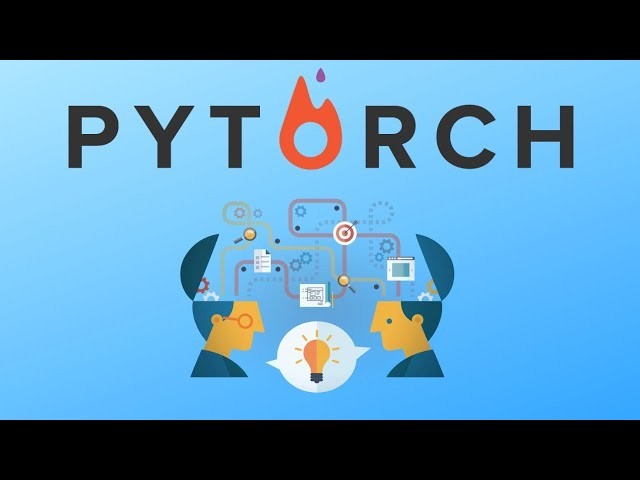Fine-tuning models in PyTorch is an art that empowers practitioners to extract the maximum potential from pre-trained models. Whether you're diving into transfer learning or adjusting a model for specific tasks, PyTorch provides a versatile platform for this crucial phase of model development. In this comprehensive guide, we'll embark on a journey through the intricacies of fine-tuning models in PyTorch.
Fine-tuning involves taking a pre-trained model and adapting it to a new, often domain-specific, task. This process is particularly beneficial when working with limited labelled data or aiming to specialize a model for a specific application. The steps involved in fine-tuning are nuanced, and PyTorch simplifies this complex process.
- Selecting a Pre-trained Model: Choose a pre-trained model that aligns with the characteristics of your target task. PyTorch provides a plethora of pre-trained models through torchvision, ranging from image classification to object detection and segmentation.
- Modifying the Model Architecture: Fine-tuning often involves modifying the model architecture to suit the nuances of the new task. PyTorch's flexibility allows you to easily customize layers or add task-specific modules while retaining the pre-trained weights.
- Data Preparation: Prepare your dataset, ensuring it aligns with the format expected by the pre-trained model. PyTorch's DataLoader and data augmentation functionalities simplify this crucial step, enabling efficient handling of large datasets.
- Defining Loss Function and Optimizer: Select an appropriate loss function and optimizer based on the nature of your task. PyTorch provides a wide range of loss functions and optimizers, and custom implementations are straightforward.
- Fine-Tuning Process: Execute the fine-tuning loop, iterating over your dataset, computing gradients, and updating the model parameters. PyTorch's dynamic computation graph and automatic differentiation greatly simplify this process.
- Evaluation and Validation: Regularly evaluate the fine-tuned model on validation data to monitor its performance. PyTorch's evaluation tools enable you to gauge metrics such as accuracy, precision, and recall effortlessly.
- Torchvision Models: Explore the rich collection of pre-trained models available in torchvision. Whether you're working on image classification or segmentation, these models serve as powerful starting points.
- Transforms and Datasets: Utilize PyTorch's data transformation capabilities and pre-built datasets. Transformations can include resizing, normalization, and data augmentation, crucial for effective fine-tuning.
- Transfer Learning Utilities: Leverage PyTorch's transfer learning utilities, such as torchvision.models and torchvision.transforms, which expedite the process of obtaining pre-trained models and applying data transformations.
- Overfitting: Guard against overfitting by judiciously adjusting the learning rate, applying regularization techniques, and monitoring validation metrics. PyTorch's learning rate schedulers and regularization modules aid in this endeavour.
- Task-Specific Adjustments: Fine-tune hyperparameters based on the specifics of your task. PyTorch's dynamic nature allows you to experiment with different configurations seamlessly.
- Monitoring and Logging: Implement logging mechanisms using PyTorch's logging libraries to track the progress of your fine-tuning process. This facilitates in-depth analysis and aids in making informed decisions.
Fine-tuning models in PyTorch is a journey that demands a blend of domain expertise, creativity, and a solid understanding of PyTorch's capabilities. This guide serves as a compass, guiding you through the intricacies of model fine-tuning. As you embark on your fine-tuning odyssey, may your models evolve and excel, bringing your vision to life with the power of PyTorch. Happy fine-tuning!
